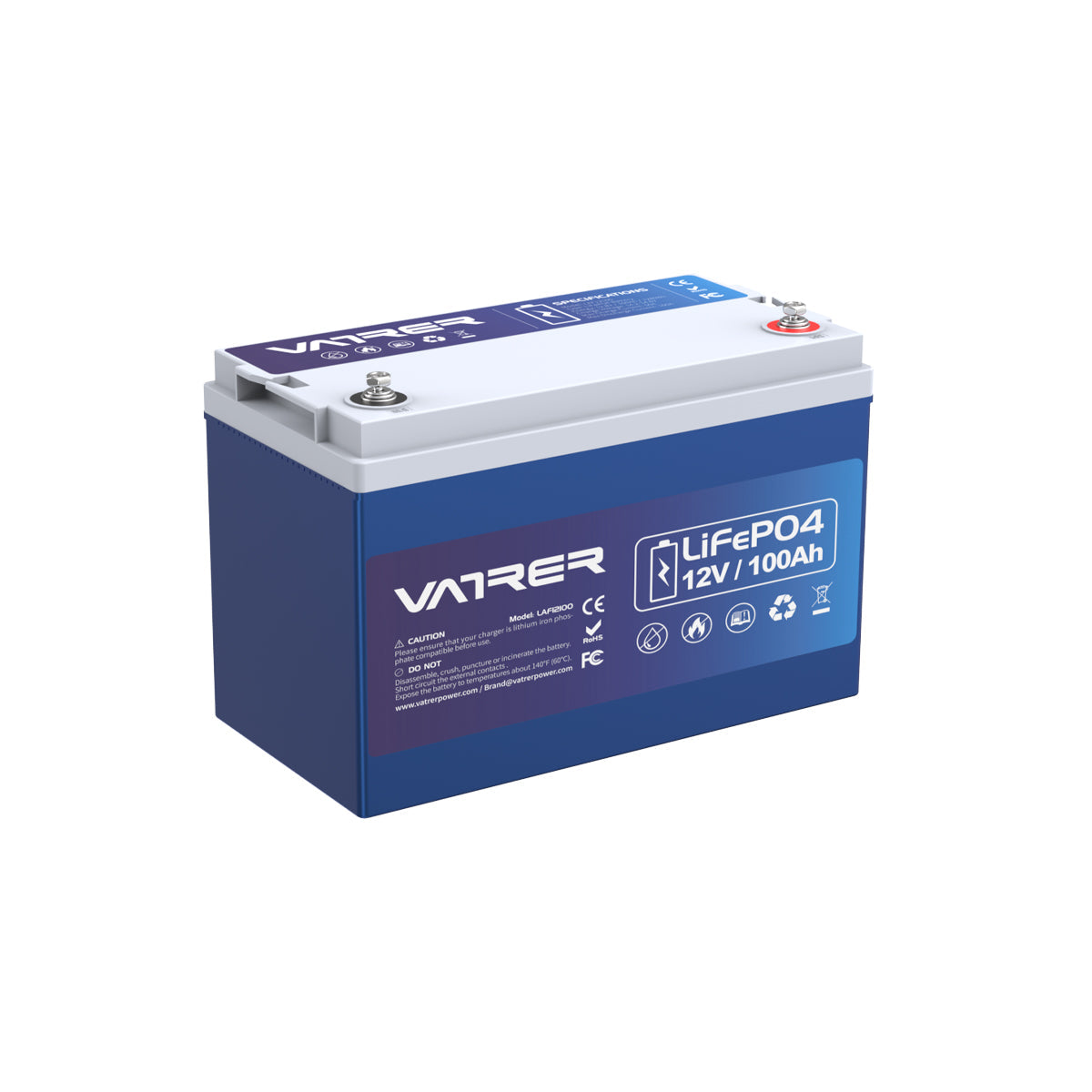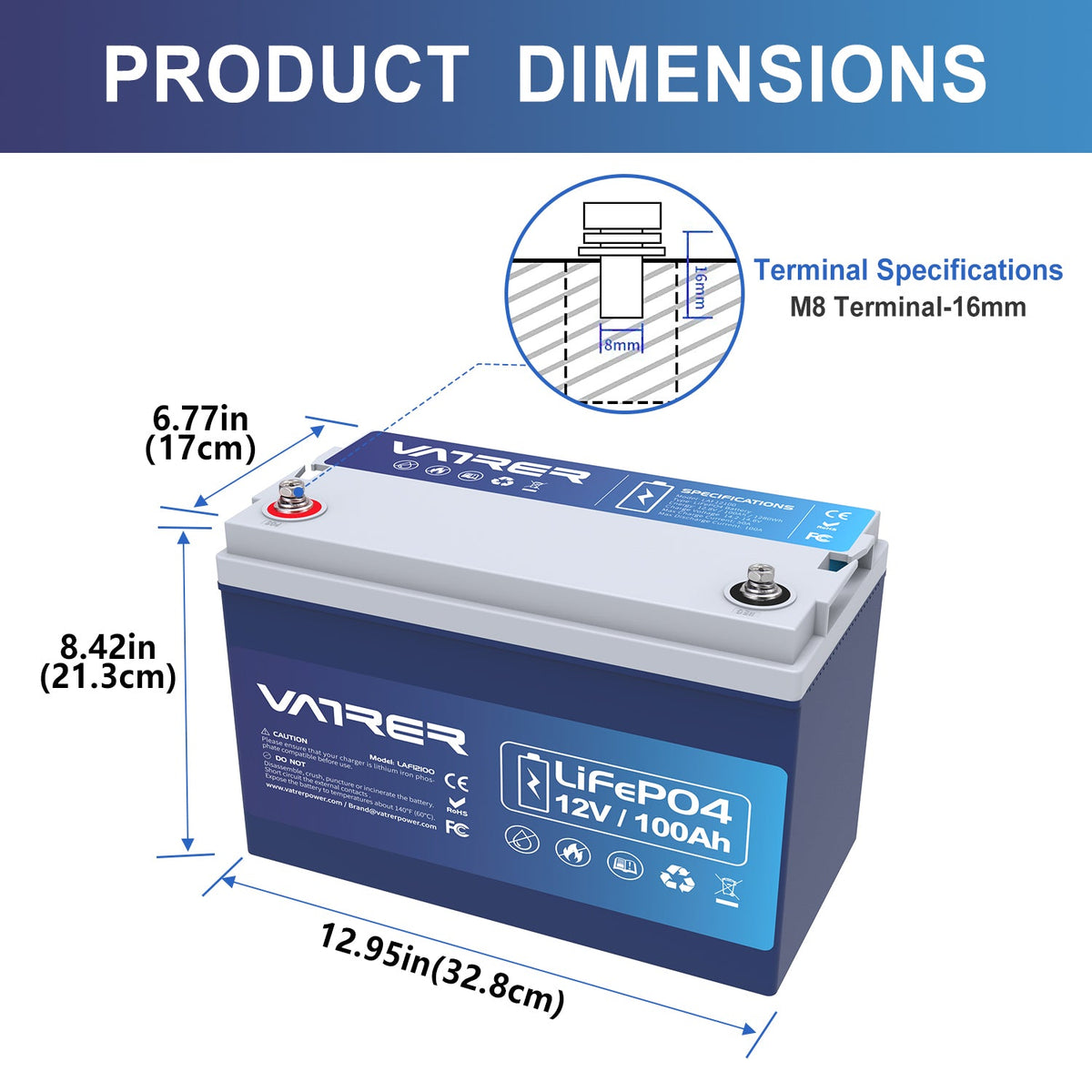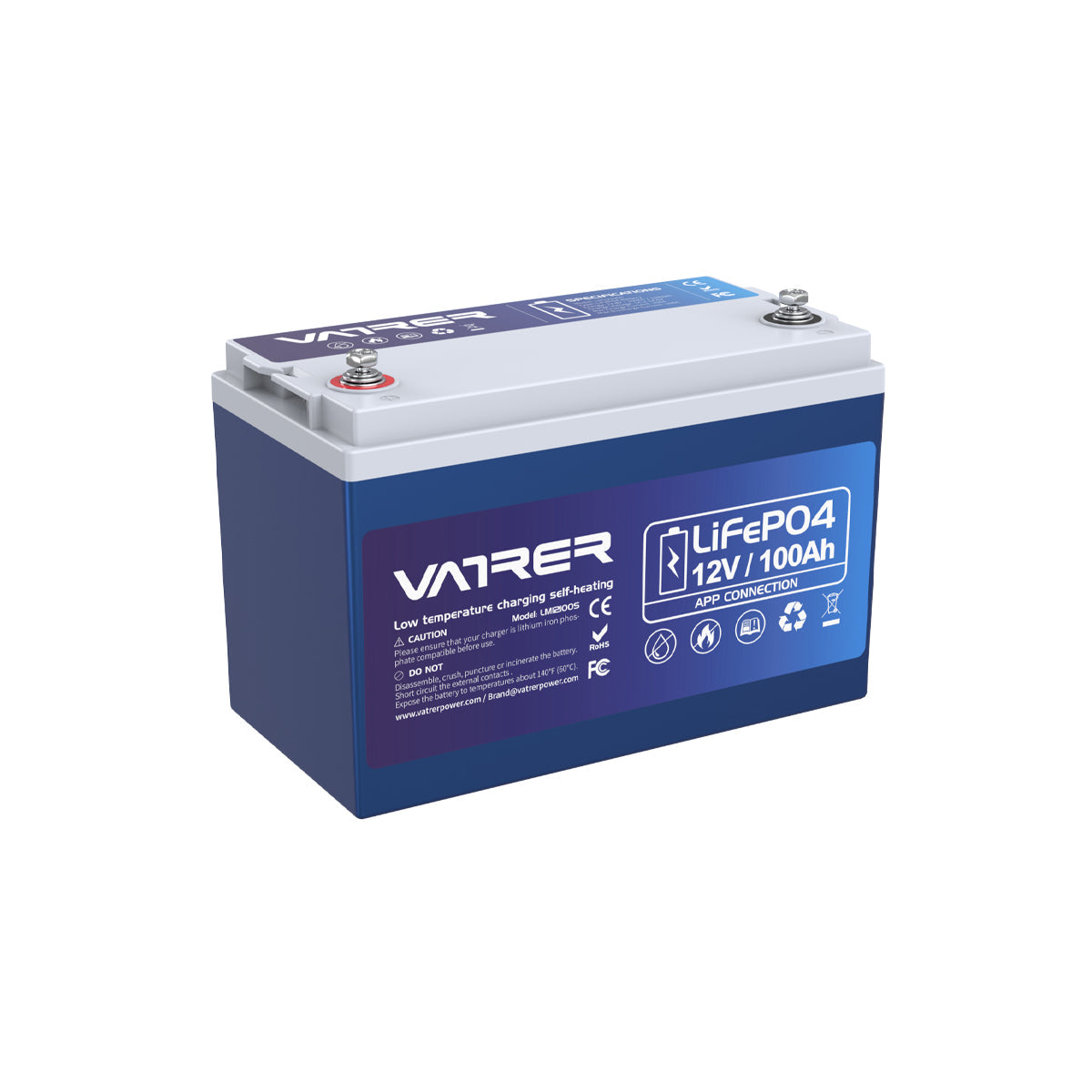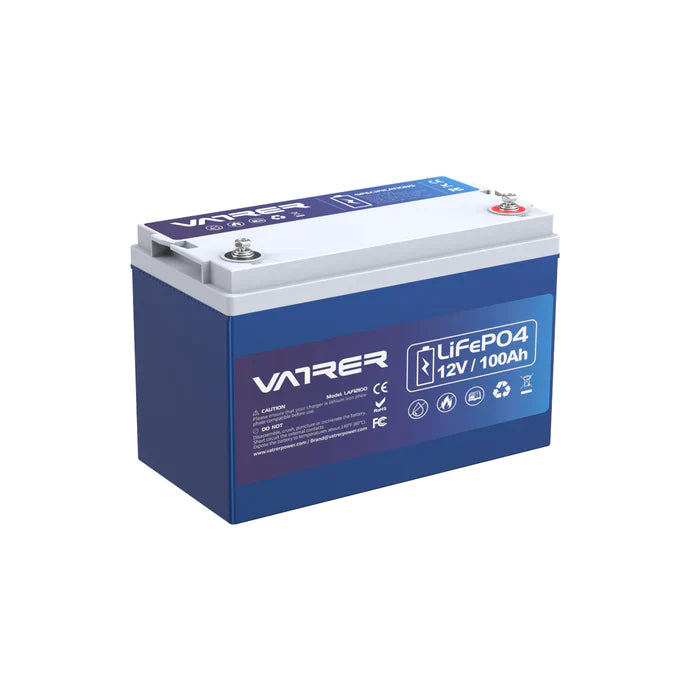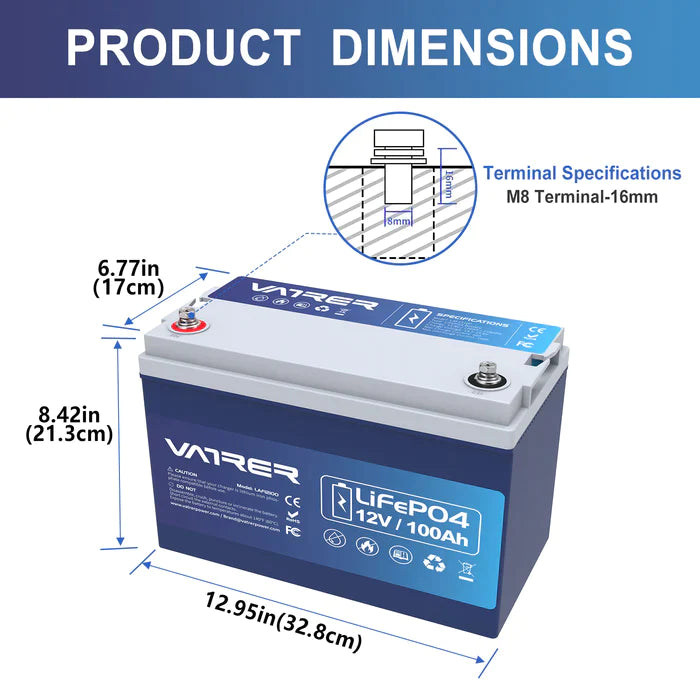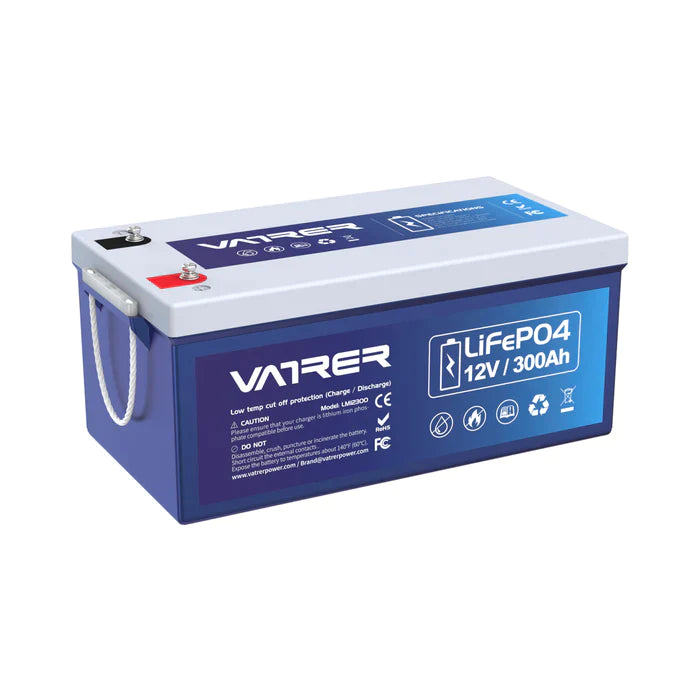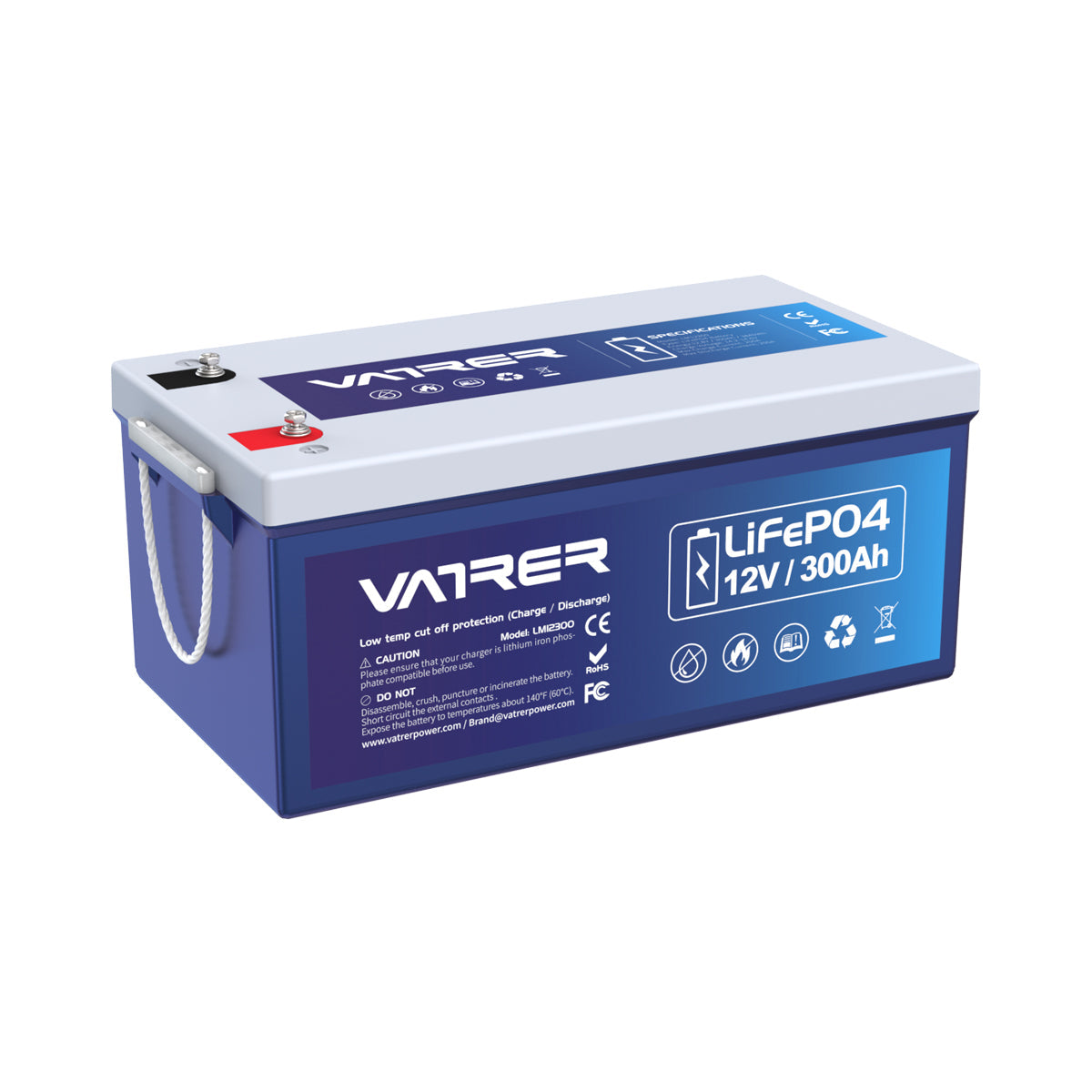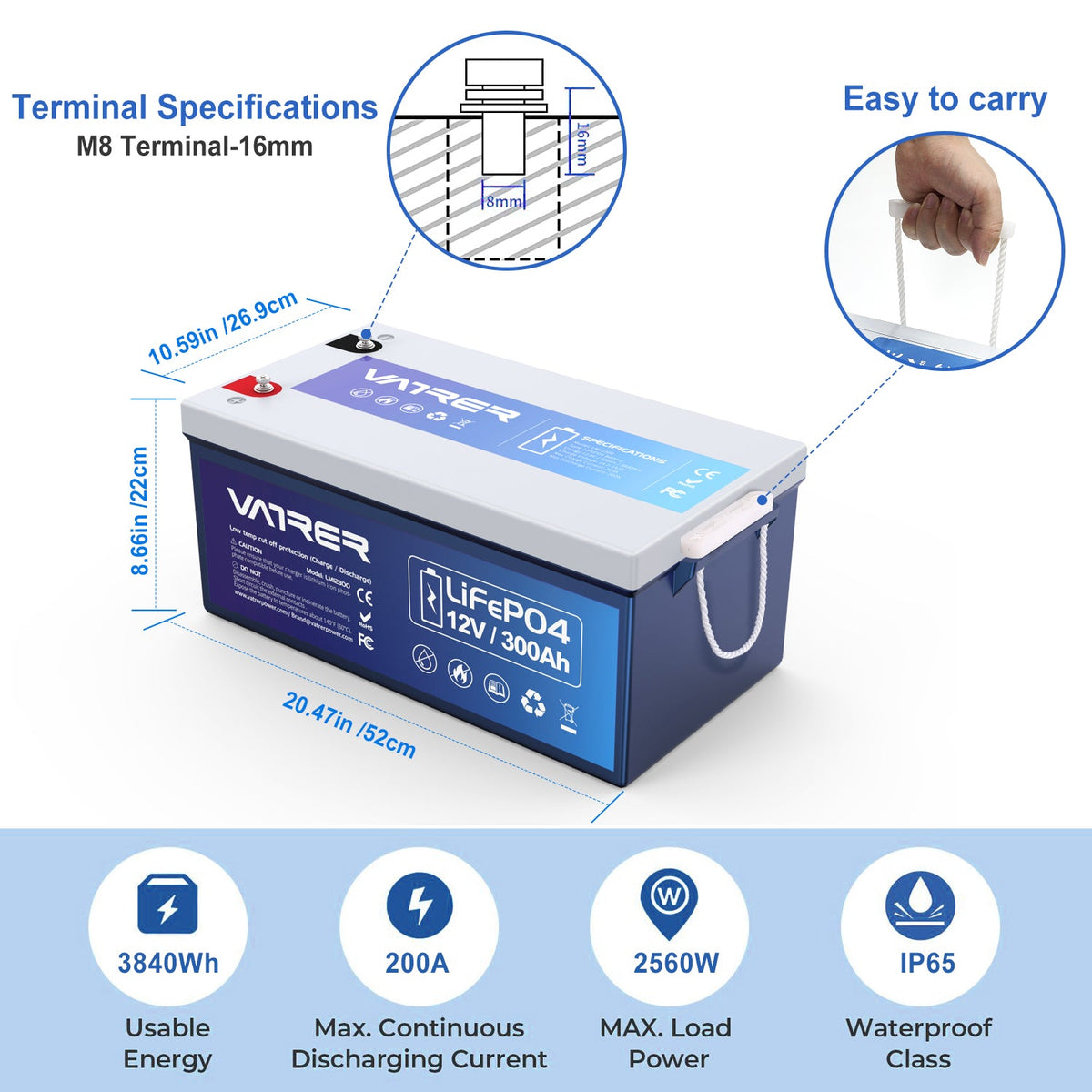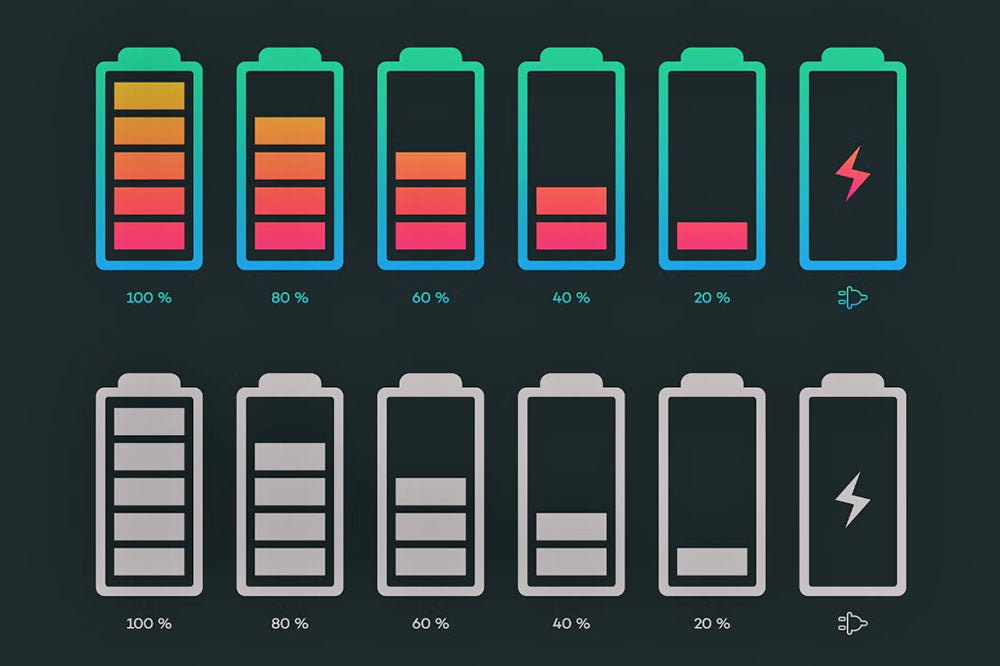Table of Contents
- Introduction
- Why Using a Normal Charger for LiFePO4 Batteries is Not Recommended
- LiFePO4 and Lead Acid Battery Charging Curve
- The Importance of Using a Dedicated LiFePO4 Charger
- Is it Safe to Charge Lithium Iron Phosphate Batteries with a Normal Charger?
- Charging Profiles
- Voltage Differences
- Risk of Overcharging
- Fault Codes and Damage
- Compatibility Issues
- 3 Reliable Ways to Properly Charge LiFePO4 Batteries
- 1. Use a Dedicated LiFePO4 Charger
- 2. Follow the Manufacturer's Charging Guidelines
- 3. Monitor the Charging Process
- Conclusion
Introduction
LiFePO4 (Lithium Iron Phosphate) batteries offer exceptional performance and longevity. However, charging them properly is crucial to maximize their potential. While it is technically possible to charge a LiFePO4 battery with a normal charger, it is highly recommended to use a dedicated charger designed specifically for LiFePO4 batteries. In this article, we will explore the reasons why using a normal charger for long-term LiFePO4 battery charging is not ideal and discuss the proper charging methods to ensure optimal performance and longevity.
Why Using a Normal Charger for LiFePO4 Batteries is Not Recommended
Incorrect Charging Parameters
LiFePO4 batteries have specific voltage and current requirements that differ from other battery chemistries like lead-acid batteries. Normal chargers may not provide the precise charging parameters necessary for LiFePO4 battery health, potentially resulting in overcharging or undercharging. This can lead to reduced capacity, decreased lifespan, and safety risks.
Charging Profile Differences
LiFePO4 batteries have a unique charging profile compared to other battery chemistries. While they share some similarities with sealed lead-acid (SLA) batteries, understanding and following the correct charging profile is crucial for optimal charging. Using a normal charger may not account for these differences, leading to suboptimal charging and potential battery damage.
LiFePO4 and Lead Acid Battery Charging Curve

The Importance of Using a Dedicated LiFePO4 Charger
Precision Charging
Dedicated LiFePO4 chargers are specifically designed to provide the precise voltage, current, and charging profile that LiFePO4 batteries require. These chargers ensure accurate and safe charging, optimizing battery performance and extending their lifespan.
Enhanced Charging Stages
LiFePO4 batteries have distinct charging stages that allow for faster charging compared to SLA batteries. Dedicated LiFePO4 chargers optimize these stages, enabling faster and more efficient charging.
Stage 1 charging, typically done at 30%-100% of the battery's capacity rating, can be completed in as little as one hour, making LiFePO4 batteries available for use four times faster than SLA batteries.
Stage 2 charging brings the battery to a 100% state of charge, with charging times as short as 15 minutes.
Stage 3, unlike SLA batteries, does not require a float charge but instead recommends periodic full cycles every 6-12 months.

Built-in Protection
Dedicated LiFePO4 chargers often come equipped with a built-in Battery Management System (BMS) that provides protection features. These features prevent overcharging, over-discharging, and other potential issues, ensuring the safety and longevity of LiFePO4 batteries.
Is it Safe to Charge Lithium Iron Phosphate Batteries with a Normal Charger?
Charging lithium iron phosphate (LiFePO4) batteries with an ordinary charger can be risky and may lead to potential dangers. While it is technically possible to charge LiFePO4 batteries with a normal charger, there are several important factors to consider. Here's what you need to know:
Charging Profiles
LiFePO4 batteries have different charging profiles compared to lead-acid batteries. LiFePO4 batteries require a specific charging algorithm known as CV/CC (constant voltage/constant current) charging, which limits the current and gradually decreases it as the battery reaches its maximum capacity.
Voltage Differences
Fully charged LiFePO4 batteries have a voltage of around 13.3-13.4V, while fully charged lead-acid batteries have a voltage of approximately 12.6-12.7V. The voltage difference between the two types of batteries is relatively small, but it is crucial to ensure that the LiFePO4 battery is not overcharged, as it can lead to damage or even safety hazards.
Risk of Overcharging
Ordinary chargers may not have the necessary voltage regulation and charging algorithm to properly charge LiFePO4 batteries. Overcharging a LiFePO4 battery can cause thermal runaway, leading to overheating, gas release, and potentially even fire or explosion.
Fault Codes and Damage
Lead-acid chargers may go into fault code conditions when charging LiFePO4 batteries, which can cause issues and damage to other system electronics, as well as the charger itself.
Compatibility Issues
LiFePO4 batteries have different voltage tolerances and charging requirements compared to lead-acid batteries. Using an ordinary charger may not provide the optimal charging parameters for LiFePO4 batteries, resulting in reduced performance and shortened battery life.
In summary, while it is technically possible to charge LiFePO4 batteries with an ordinary charger, it is not recommended due to the potential risks and compatibility issues. It is best to use a charger specifically designed for LiFePO4 batteries to ensure safe and efficient charging.
3 Reliable Ways to Properly Charge LiFePO4 Batteries
1. Use a Dedicated LiFePO4 Charger
Using a charger specifically designed for LiFePO4 batteries is the most reliable way to charge them. These chargers are engineered to provide the precise voltage, current, and charging profile that LiFePO4 batteries require. They ensure accurate and safe charging, optimizing the battery's performance and extending its lifespan.
A dedicated LiFePO4 charger typically includes features such as:
Voltage and current settings: These chargers allow you to set the appropriate voltage and current levels according to the LiFePO4 battery's requirements. It is essential to follow the manufacturer's recommendations to avoid overcharging or undercharging.
Charging stages: LiFePO4 batteries have distinct charging stages. The charger should facilitate proper progression through these stages, including the initial fast charging stage and the subsequent constant voltage and trickle charging stages.
Built-in protection: Many LiFePO4 chargers come equipped with a built-in Battery Management System (BMS) to provide protection against overcharging, over-discharging, and other potential issues. This ensures the safety and longevity of the battery.
2. Follow the Manufacturer's Charging Guidelines
Every LiFePO4 battery may have specific recommendations from the manufacturer regarding the charging process. It is crucial to carefully read and follow these guidelines to ensure proper charging. Pay attention to details such as voltage limits, charging currents, and recommended charging durations.
Some manufacturers may provide specific instructions on charging profiles, including the initial fast charging phase, voltage limits during the constant voltage phase, and the termination criteria. Adhering to these guidelines will help optimize the battery's performance and lifespan.
3. Monitor the Charging Process
While using a dedicated charger and following manufacturer guidelines is essential, monitoring the charging process can provide additional insights into the battery's condition. Consider the following monitoring methods:
Voltage monitoring: Keep an eye on the battery voltage during the charging process. Ensure that the voltage remains within the recommended range and does not exceed the specified limits. Deviations from the expected voltage levels may indicate an issue with the charger or the battery itself.
Temperature monitoring: LiFePO4 batteries can heat up during charging. Monitoring the battery's temperature can help identify any abnormal heat generation that could lead to safety risks. If the battery becomes excessively hot, it is advisable to stop the charging process and investigate the cause.
Charging time: Keeping track of the charging time can help ensure that the battery is not overcharged. Once the battery reaches its full capacity, it is important to disconnect it from the charger to prevent overcharging.
Video: Charging a Lithium battery with a normal charger?
Conclusion
While it is technically possible to charge a LiFePO4 battery with a normal charger, it is not recommended for long-term use. Using a dedicated LiFePO4 charger designed specifically for LiFePO4 batteries is essential to ensure optimal performance, longevity, and safety. These chargers provide the precise charging parameters, account for the unique charging profile, and offer built-in protection features. By following the recommended charging guidelines and using a dedicated charger, you can maximize the potential of your LiFePO4 batteries and enjoy their exceptional performance for years to come. So, let's charge our LiFePO4 batteries the right way and unlock their full capabilities!


